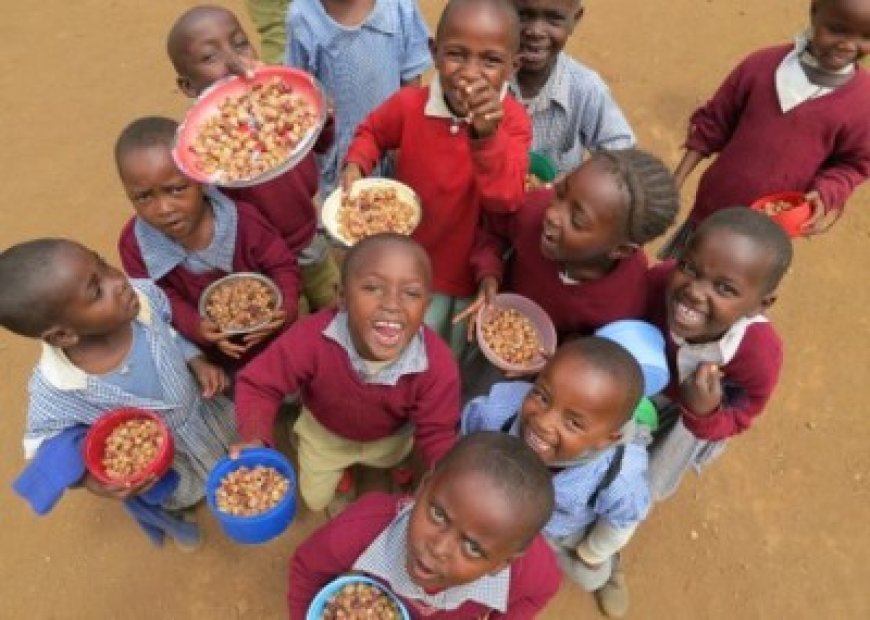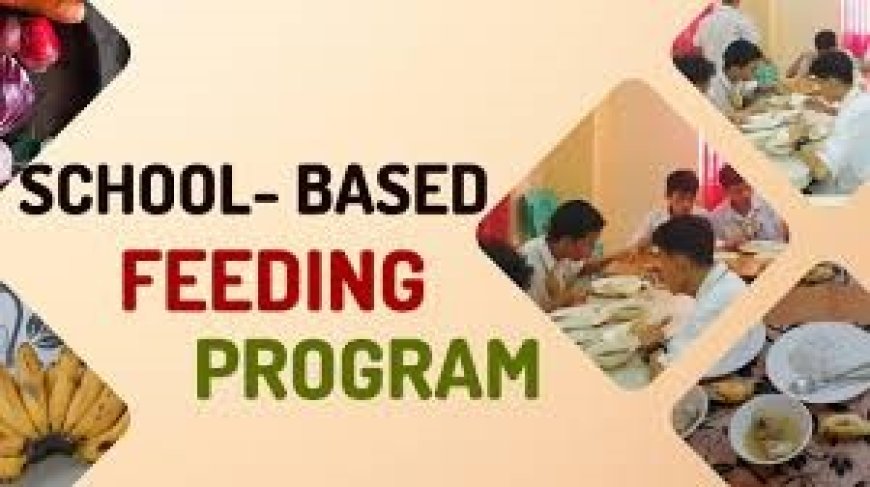Changing Lives One Plate at A Time
This piece highlights how feeding programs lead to increased school attendance, improved health outcomes, and community cohesion, ultimately investing in the future of children and towns impacted by poverty

In the bustling town of Freetown, Sierra Leone, the rhythmic sounds of children laughing and playing fill the air as they gather at a local primary school. But before the laughter begins, there is a quieter moment—a moment thick with expectation and hunger. For many of these children, school isn’t just a place to learn; it’s where they receive a nutritious meal, a lifeline that nourishes their bodies and minds.
Feeding programs in schools serve as a beacon of hope in communities grappling with poverty. Lack of access to proper nutrition can dramatically affect a child's ability to learn, grow, and thrive. According to the World Food Programme, an estimated 149 million children under the age of five worldwide are stunted due to malnutrition. This number signifies more than just physical growth delays; it points to cognitive impairments that can hinder children from reaching their full potential.
Take the case of Kadiatu, an 8-year-old girl who struggled with concentration in class. Her family faced food insecurity, and often, Kadiatu went to school on an empty stomach. The days blurred together, her dreams clouded by hunger. However, when her school implemented a feeding program, everything changed.
Through this initiative, Kadiatu began receiving daily meals—simple yet nutritious rice, vegetables, and beans. Instantly, her energy levels rose. The fog of hunger lifted, making way for clarity and engagement. She excelled in her classes, savored learning, and even found joy in science—the very subject that once left her indifferent. With proper nutrition, Kadiatu’s grades improved, and she became an active participant in classroom discussions.

The impact of feeding programs extends beyond immediate nourishment. They foster community cohesion, as parents and caregivers are more likely to send their children to school when they know a meal awaits. This leads to increased school attendance rates, mitigates dropout rates, and ultimately, transforms the educational landscape for many communities.
Organizations that implement these feeding programs often collaborate with local farmers, enabling them to grow and supply fresh produce. This not only supports local economies but also encourages a sense of ownership and pride within the community. Children learn about nutrition and agriculture, fostering an understanding of healthy eating habits that can last a lifetime.
Moreover, feeding programs contribute to improved health outcomes. Regular meals help reduce the prevalence of malnutrition-related diseases and enhance children's immune systems, enabling them to attend school more regularly. Children like Kadiatu become not just better students but healthier individuals.
In conclusion, feeding programs are more than just meals—they are vital investments in children's futures. For families grappling with food insecurity, these initiatives provide hope and stability. As communities rally around efforts to nourish the next generation, we see a collective shift towards a healthier, more educated future. By prioritizing nutrition and education, we can help children realize their dreams—turning potential into reality.
What's Your Reaction?

















































































































